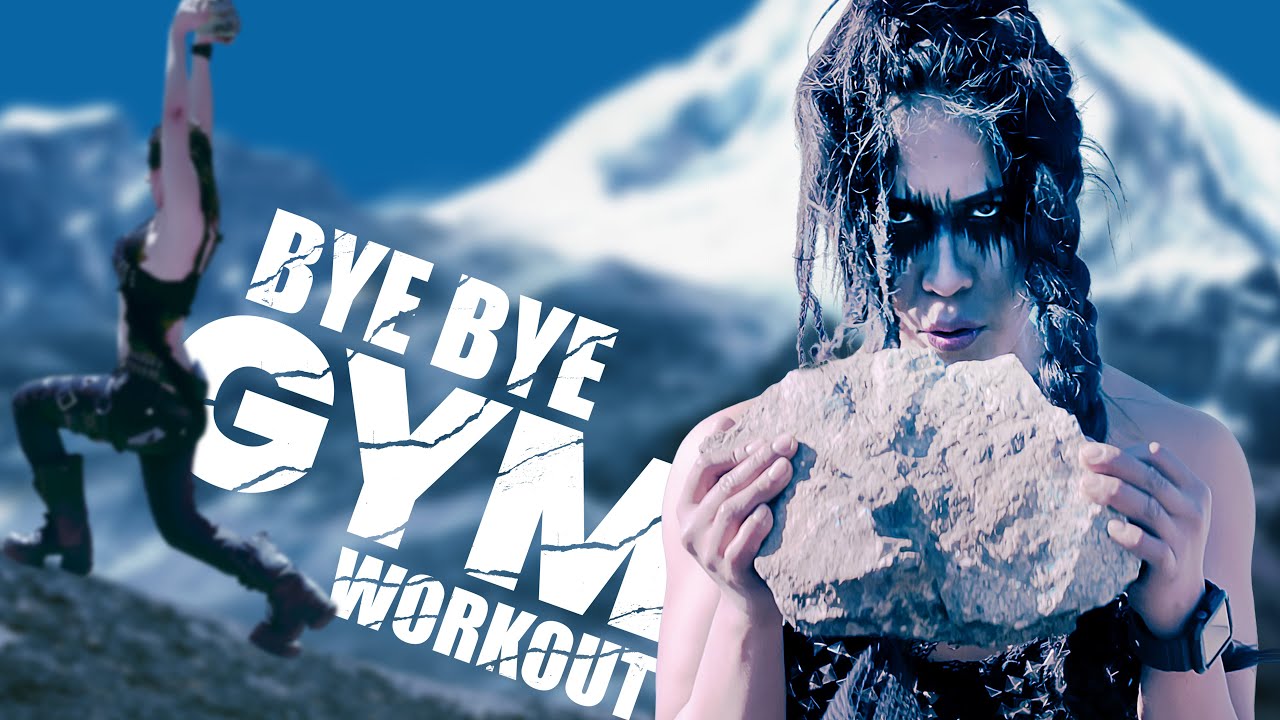How to do a Back Flip Layout - Gymnastics
In this lesson you will learn how to do a back flip layout in artistic gymnastics (after a back handspring). The back flip layout is a back flip where you keep your entire body fully extended and stiff. Before you try the layout, you should know how to go from a round-off into a back handspring into a tucked back flip. I recommend you jump from a 1m springboard into water or let yourself fall from a handstand position (on a chest high box) onto a trampoline at the beginning. You can also practice the layout jumping from a box into a foam pit. Find more gymnastics skills at artistic gymnastics main.




